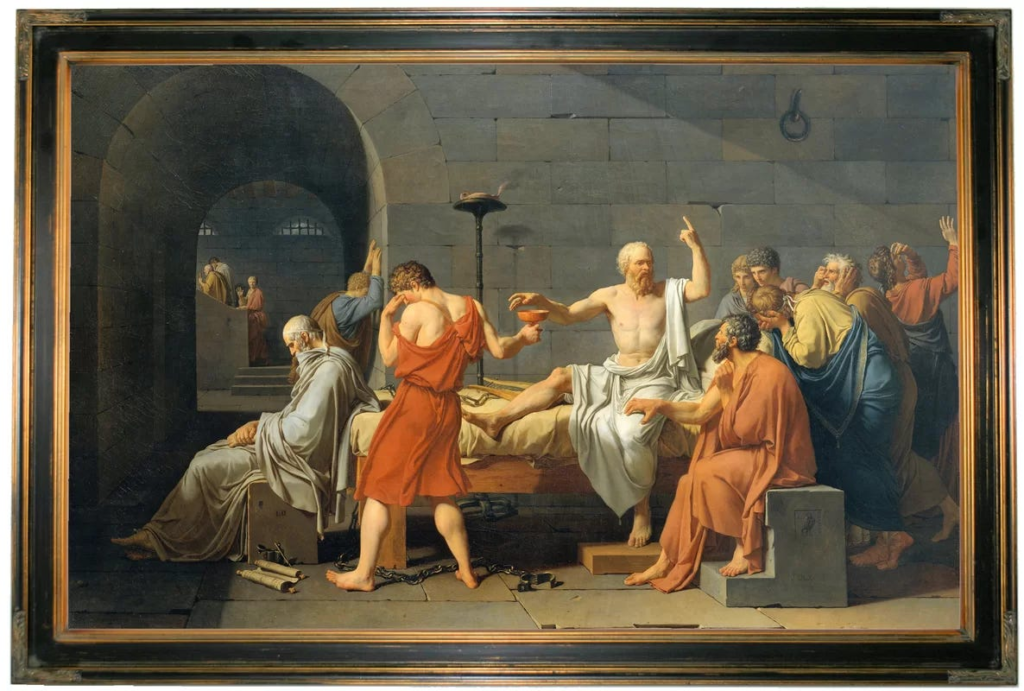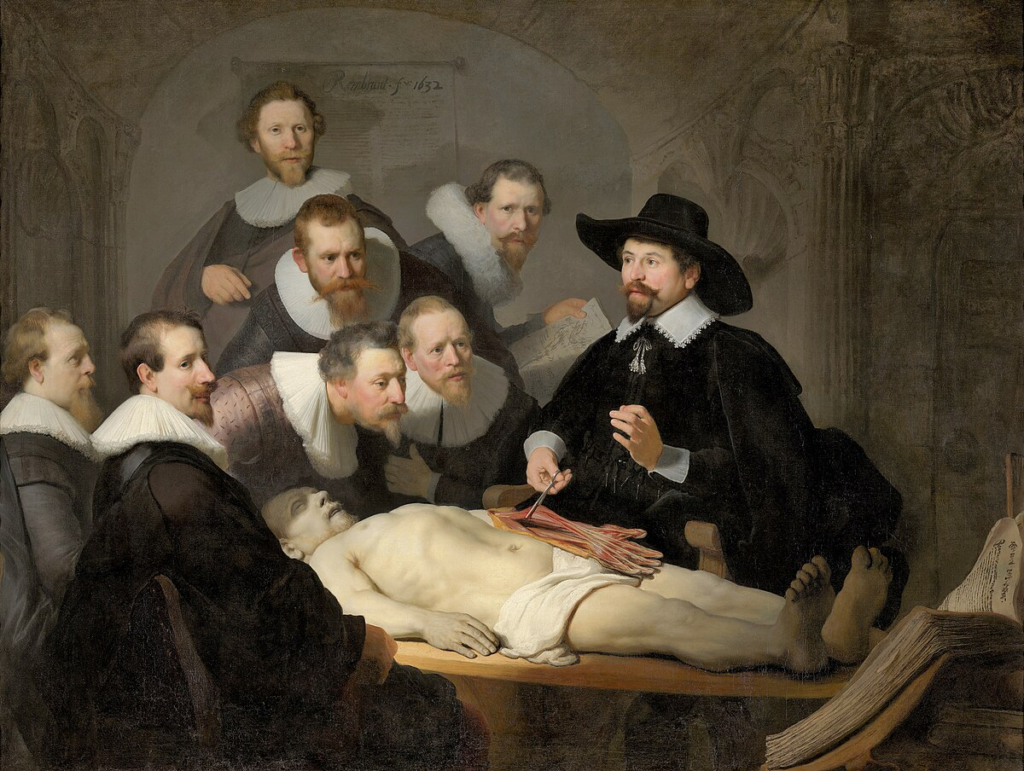The “Sage on the Stage” vs. “Guide on the Side”

Two contrasting educational philosophies stand in opposition: the “Sage on the Stage” and “Guide on the Side.” These pedagogical approaches represent divergent methodologies in teaching. Despite their distinctiveness, both aim to educate students. In this article, I will examine these pedagogical paradigms and get into how they inform my own teaching style.
So, lets get into it. The “Sage on the Stage” approach epitomizes the traditional teacher-centered model of instruction. The teacher plays a central role, and is the primary source of knowledge and authority within the classroom. This is rooted in lecture-based delivery, it prioritizes the transmission of information from teacher to student on a way one street. From the teacher to the student. Advocates of the “Sage on the Stage” approach like the structured content delivery, that ensures the clarity of the instruction. It also optimizes time management, particularly in large class settings, by enabling all students access to the same information at the same time.
On the other hand, the “Guide on the Side” approach represents a departure from the traditional teacher-centered approach. It emphasizes a student-centered model of learning. This is characterized by active student engagement, collaborative inquiry, and experiential learning opportunities. In this model, the teacher assumes a facilitative role, serving as a guide and mentor who empowers students to take ownership of their learning journey. This aims to cultivate independent, lifelong learners who are equipped to navigate complex challenges.

Both pedagogical approaches have their pros and cons within educational contexts. The “Sage on the Stage” model offers a structured framework for content delivery, leveraging the teacher’s expertise to ensure clarity. This approach facilitates efficient time management and is particularly well-suited to large class settings where the dissemination of information to a diverse student cohort is important. However, the “Sage on the Stage” approach also raises concerns relating to fostering passive learning behaviors, which can limit student engagement, and overlook individual differences in learning styles. Students can be left behind if there aren’t some considerations taken for their own needs. And our goal should be to educate everyone.
In contrast, the “Guide on the Side” approach prioritizes student-centered learning experiences. This could be characterized simply by giving students more group work. It empowers students to take an active role in their learning process, and this model fosters critical thinking skills, problem-solving abilities, and a sense of autonomy which is important. With that being said, the “Guide on the Side” approach has its own pitfalls. How can students effectively collaborate and problem solve if they aren’t taught the basic fundamentals? For this reason, at OKO ACADEMY I approach each student with a combination of both approaches. I seek to understand the goals and desires of the students I work with, and I give technical demonstrations that could involve the materials they seek to explore, while also creating a framework that allows them to also take initiative and forge their own path as well. For instance, in my Beginning Painting Course, there is a total of 12 lessons, all of which are mapped out and contain certain themes. Students explore each new technique, and approach and are taught it right alongside me. Then during the week, they complete their own paintings using what they’ve learned in a composition of their own choosing. This priortizes the time I have with them in the studio, and also gives them an opportunity to expand upon it. If this sounds like something you’re interested in then go the Kontakt page and write me a message!

